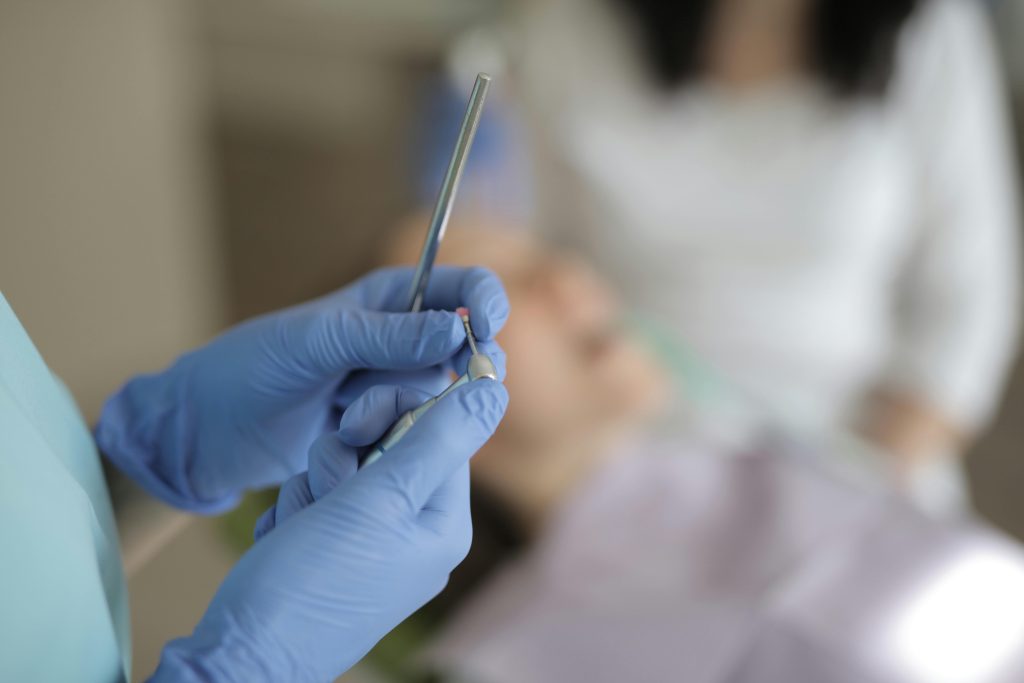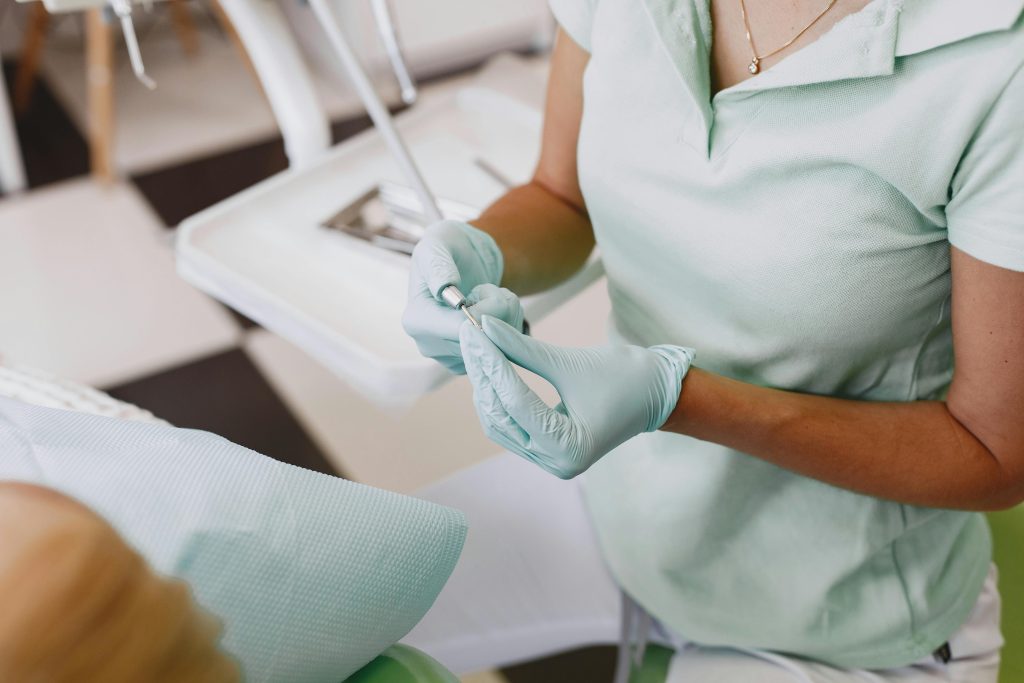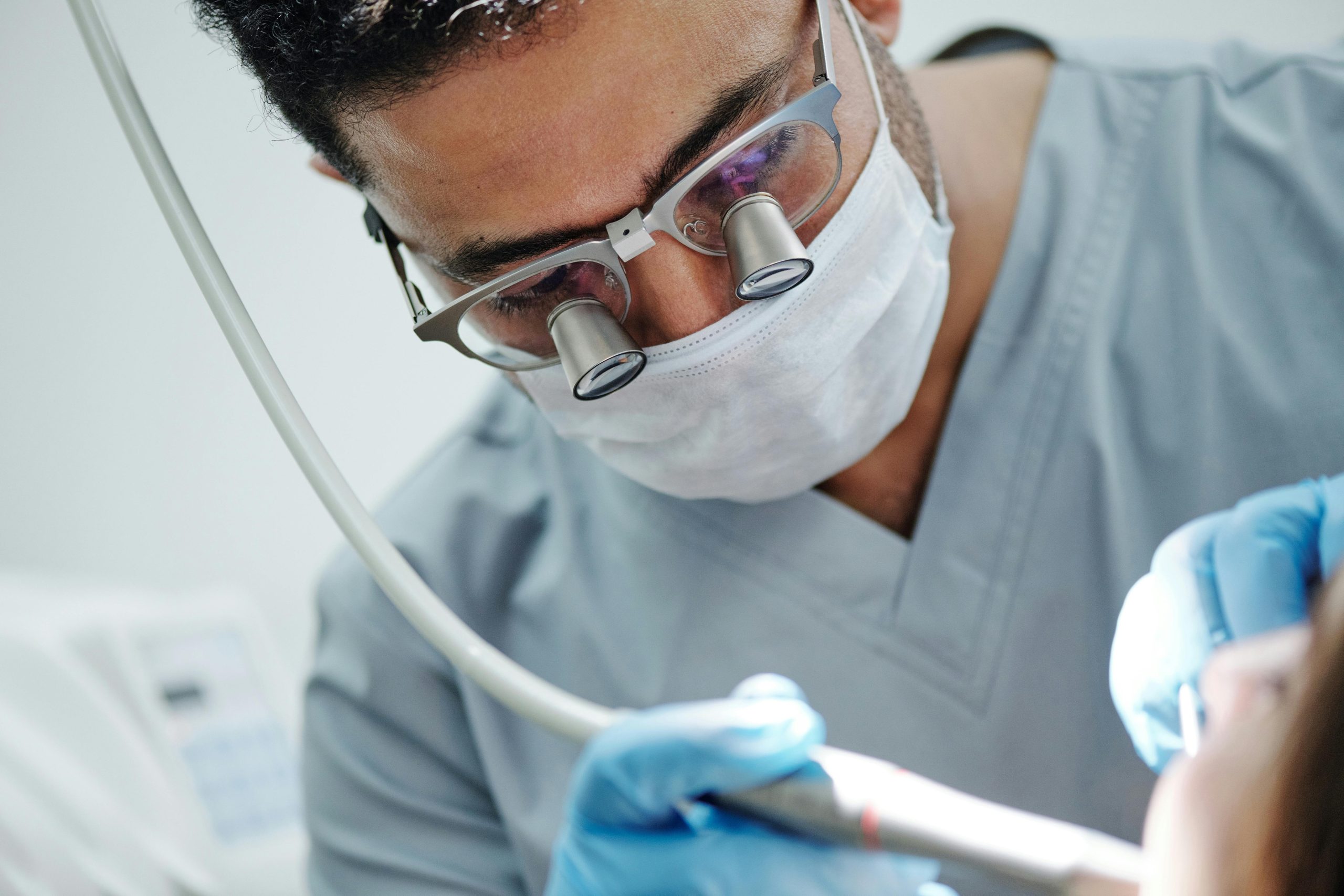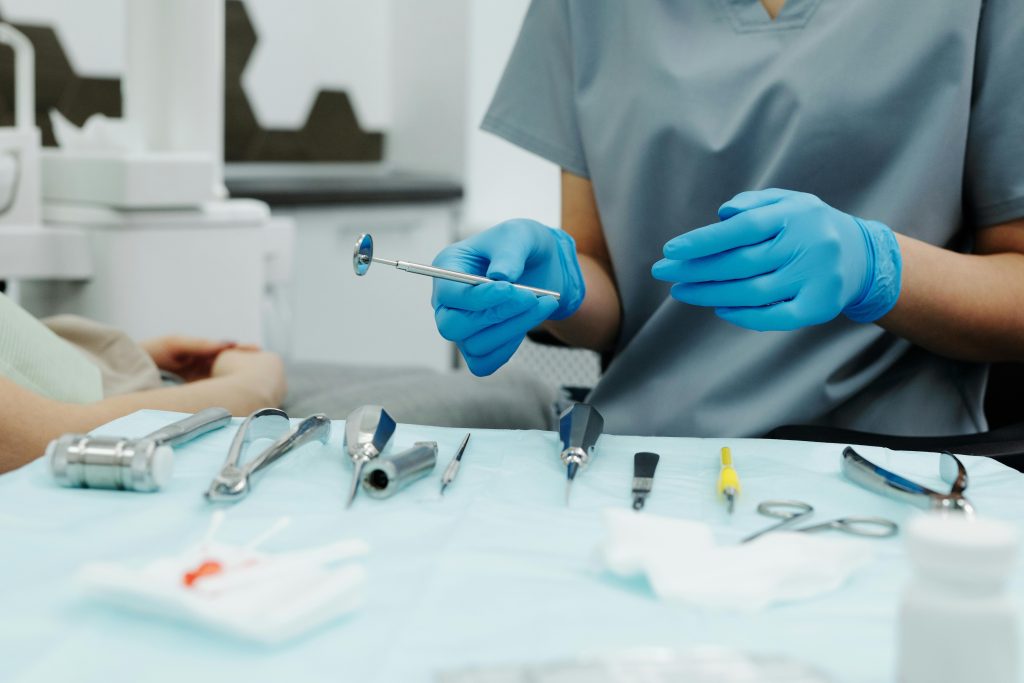Treatments
Fillings
Fillings are a common dental treatment that fix a hole in your tooth caused by decay. Think you might need a filling? Fillings are very common and most people will need one at some stage in their lives. It’s important to take good care of your oral health to reduce the chance of needing a filling.
If you need a filling your dentist will first remove the caries, or decay, from inside your tooth and then fill the cavity with one of a wide range of filling materials. Depending on the damage to your tooth, dentists use several types of fillings. This is usually based on the material that your dentist uses to fill the cavity left by the decay.
What is it?
- Tooth pain caused by pressure on the tooth.
- An uncomfortable sensation when consuming sugary foods or drinks.
- any particular area being sensitive to hold/cold/sweet etc
- A persistent ache or toothache in the affected tooth or surrounding area.
- Visible or palpable cavities in the tooth that cause discomfort when touched.

What happens
Your dentist will usually numb the decayed tooth using a local anaesthetic that’s injected into your gum and the area around the tooth. After that they will check that the area is numb and use a dental drill to remove the decay. After the tooth has been prepared they will place the filling. How they do this will depend on the type of filling material used.
NOTE: local anaesthesia is not usually required in all types of fillings.


Which type
The type of filling that your dentist will use to fill the cavity may depend on the decay damage to your tooth. Often you may be able to choose which filling type you prefer. Common filling types include amalgam, composite, ceramic and gold fillings. Glass ionomer cement fillings are less common. You can read more about the common filling types below.
Amalgam fillings
Dental amalgam fillings have been used to fill teeth for over 150 years. Amalgam is what we know as traditional silver fillings. They are not actually made of silver but a combination of a few metals including silver, tin, copper and mercury.
They are a low-cost filling mostly used for large cavities in back molars because of their colour. An amalgam filling will darken over time but can last many years before it needs replacing, typically between 10 and 15 years.
- Strong and durable
- Cheapest filling type
- Can help prevent recurrent decay
- Can’t bind teeth together which limits use
- More extensive drilling required
- Can contain mercury in trace amounts

Composite white fillings
Composite or synthetic white fillings are popular because of their natural appearance and strength. They typically last up to five years.
A composite filling will be matched to the colour of your teeth as closely as possible. They are almost impossible to detect and are an excellent replacement for stained, chipped or leaking fillings.
- Natural white appearance
- Can bond weak teeth
- Need less drilling preparation
- Takes longer to place
- Sometimes leads to increased sensitivity
- More expensive than amalgam fillings

Need To Know
Appointments
- Usually 1-2 appointments
- At the first consultation visit your dentist will examine your teeth
- At the second visit you will usually have the treatment
Before your appointment
- No special preparation needed.
How long it takes
- The consultation will usually take around 30 to 60 minutes
- Getting the filling will usually take around 30 to 60 minutes
You may be asked about
- Your dental and medical history
- Your normal oral care routine at home
Quick tip
- If your hygienist gives you advice about daily dental care like teeth brushing techniques and how often you should floss, write it down. It takes time to build a new habit – some say 21 days or more. In the meantime, here’s a handy idea. Stick your note about your new dental care routine on your bathroom mirror as a daily reminder.
After your appointment
- You can usually carry on as normal.
FAQs
01. How much do fillings cost?
The price of fillings depends on the material used to fill the cavity in your tooth. We recommend booking an appointment to see a dentist as soon as possible if you think you might need a filling. Your dentist will be able to work out the cost once they have examined your teeth.
02. Can fillings be prevented?
You can greatly reduce your chances of needing fillings by taking good care of your oral health. That means a combination of at-home dental care and building a great relationship with your dentist.
We recommend daily healthy habits and regular visits to the dentist. For optimum oral health:
- Practice good oral hygiene habits at home including brushing your teeth twice a day and flossing once a day
- Book hygiene visits with an oral hygienist or oral health therapist twice each year
- Book routine exam and x-ray check-ups with your dentist once each year.
03. Does it hurt to get a filling?
We care about your oral health. Making sure you feel comfortable when visiting the dentist is our number one priority. With local anaesthetic most people don’t experience any pain while getting a filling. It’s normal to feel sensitivity after getting a filling. Sensitivity usually disappears after a couple of days.
04. How do you know if you need a filling?
Tooth decay normally shows no symptoms. Sometimes you may experience a little sensitivity or discomfort in the tooth. Only your dentist can discover if you need a filling. If you experience sensitivity or pain in your teeth you should book an appointment to see a dentist. Regular dentist visits help to discover tooth decay in its early stages, saving you money and preventing further damage to your teeth.
- Maintain good oral hygiene by brushing twice daily and flossing once daily.
- Schedule biannual hygiene visits with an oral hygienist or oral health therapist.
- Schedule annual exams and x-rays with your dentist.
- Limit tobacco use and excessive consumption of coffee, tea, fizzy drinks, and alcohol. Opt for water as a healthier alternative.

